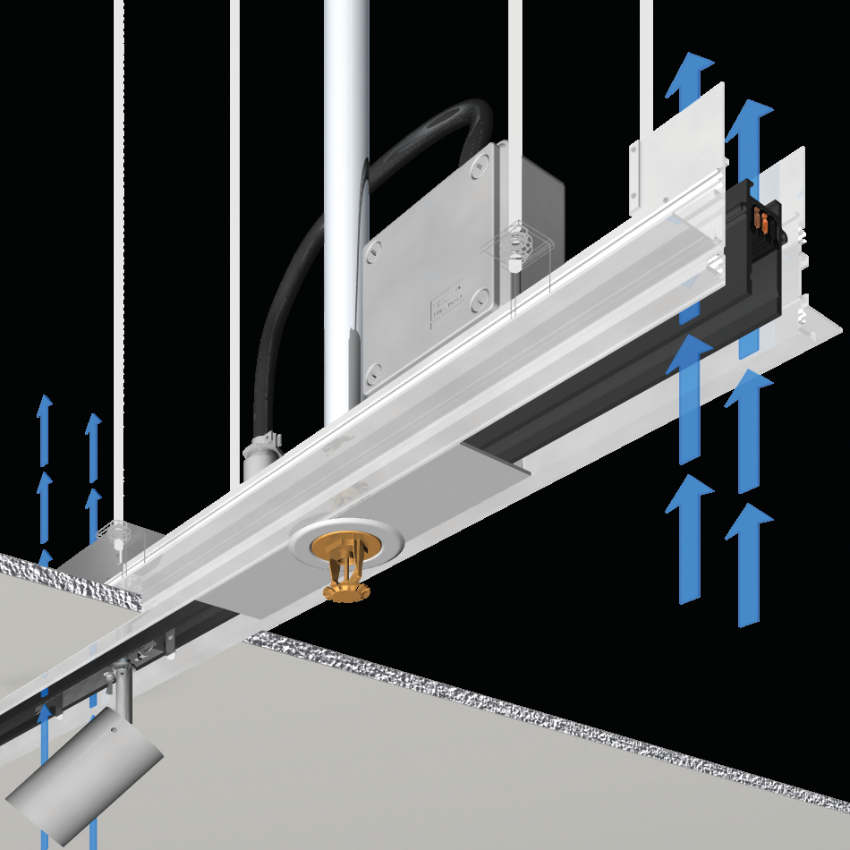Litelab is an international lighting and building systems manufacturer providing bespoke solutions to museums, galleries, high-end retail, residential, commercial, hospitality and institutional clients.
Interview with Adam Jacob Levin, Director of Marketing & Product Development at Litelab.
Easy Engineering: What are the main areas of activity of the company?
Adam Jacob Levin: Specification-grade lighting and building services manufacturer.
E.E: What’s the news about new products/services?
A.J.L: We are in the process of diversifying our product line to capture a broader range of markets. At the same time, we are integrating additional building services within our product line to simplify installation, lower construction costs and rationalize building servicing. We are also exploring circular design strategies that would allow us to remanufacture and/or refurbish equipment, broadening our service offerings and opening new revenue streams.
E.E: What are the ranges of products/services?
A.J.L: We currently offer power distribution systems, recessed lighting, surface-mounted lighting, emergency lighting and HVAC integration spines, as well as design services for lighting and systems integration.

E.E: What is the state of the market where you are currently active?
A.J.L: The market is mixed – there is a lot of opportunity, but architectural billings have been down for over a year and a half, which will impact us negatively. Markets that were dominant (like retail and institutional work) have seen significant erosion, forcing us to pivot to new markets, and the technological landscape of our industry is rapidly changing, forcing us to develop products at a much faster pace.
E.E: What can you tell us about market trends?
A.J.L: Generally, we are seeing two dominant and interrelated trends. 1) Intelligent systems: Systems are required to have advanced (sometimes automated) controls based on feedback loops between sensors and actuators; they are also required to have data collection and storage for evaluation and modulation of system performance over time. Less than five years ago, requirements like this were exceedingly rare, but they are becoming the standard. 2) Environmental sustainability: System performance is expected to be leaner, requiring less energy while maintaining current output. The strategies in (1) above help do this, but we are also seeing more interest in embodied carbon (the amount of carbon required to make products).

E.E: What are the most innovative products/services marketed?
A.J.L: Litelab’s Service Spine integrates lighting, power distribution, HVAC, emergency systems and sensor networks within a single interface. It is the only system of its kind in our market.
E.E: What estimations do you have for 2024?
A.J.L: 2024 is an election year; volatility in architecture and construction, and the industries that support them, will probably intensify as the election nears. We’ve already seen significant erosion in key markets, like retail, institutional building and residential; it is unlikely that we will see recovery in these markets, and other markets might soften as government funding may be unpredictable given election outcomes. Conversely, there is an intensification in adaptive reuse and retrofit projects that offer alternatives to manufacturers that support the construction industry.

